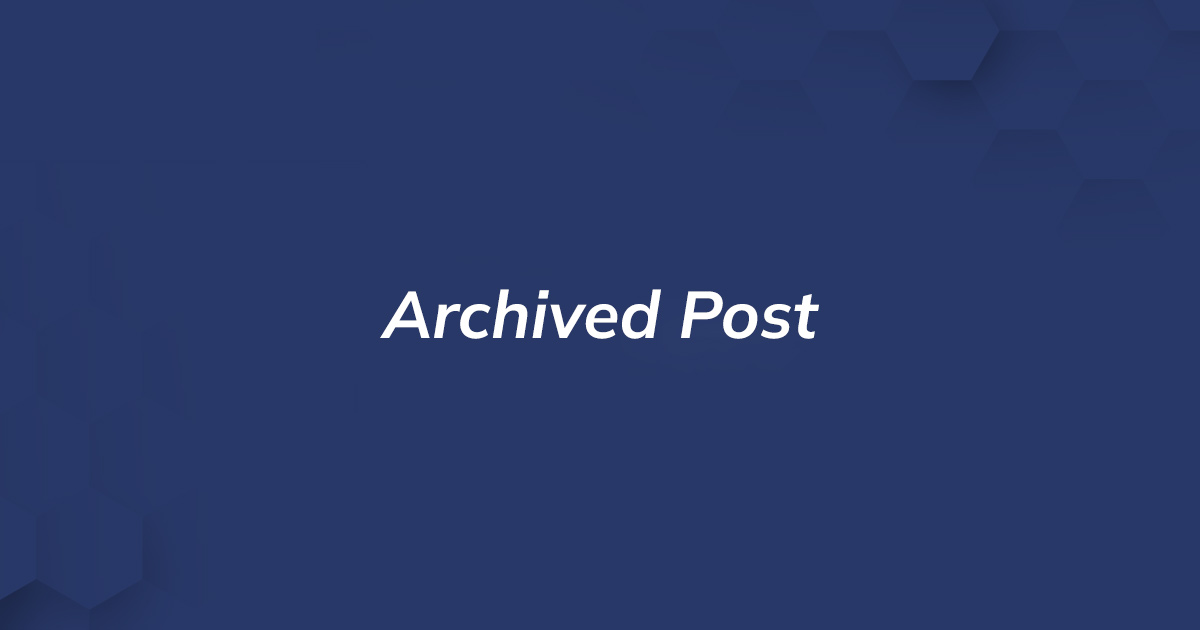Student loans represent a tremendous amount of debt in the United States. As of February 2020, total student loan debt stood at $1.59 trillion, passing auto loans and credit cards to become the second largest category of debt in the country, behind mortgages.[1]
More than 44 million Americans hold student loans, owing on average between $20,000 to $25,000.[2] Borrowers between the ages of 18-39 owe about $860 billion, or 57% of the total outstanding loan amounts.[3] One does not need a graduate degree in mathematics to understand that student loan debt is a significant economic factor for borrowers, lenders and the economy at large.
Feeling the Pressure
For many of the individuals holding student loan debt, the last 15 years have been particularly challenging. The Great Recession in the late 2000’s dealt a hard blow to students and recent grads, and pushed national unemployment up to more than 15 million individuals.[4] For those just finishing college or graduate school, the job market was thin and did not offer much reprieve from the weight of debt.
Today, we are in uncharted territory. The economic impacts of the coronavirus pandemic are truly staggering, with national unemployment at 14.7%, impacting 36.5 million Americans.[5] Many of the same people who weathered the financial crisis of 2008 are now facing an even larger financial crisis. And those people are still holding that same student loan debt, with bleak prospects to find and start the work desperately needed to pay down outstanding loans.
The situation is a sobering reality for individuals who invested heavily in their education. Not only are people holding heavy debt – their earnings potential is facing a squeeze. As this recent article in The Atlantic notes:
“Every 1-percentage-point bump in the unemployment rate costs new graduates 7 percent of their earnings at the start of their careers, and 2 percent of their earnings nearly two decades later.”
That combination is particularly toxic, especially since federal student debt was not in great shape prior to the pandemic. At the end of 2019, the US Department of Education reported “that about 20 percent of borrowers are in default—typically defined as having gone at least 270 days without a payment—millions more are behind on their payments, and more than a million loans go into default each year.”[6]
Private student loans are another matter, but still face many of the same issues. Outstanding private student loans in deferment stand at 18.34% , while those in forbearance and default sit at lower rates than federally backed loans (2.25% and 1.46% respectively).[7] Banks and other FIs that offer private loans will often provide options for refinancing, and they benefit from the fact that private student loans cannot be excused in a bankruptcy.
But borrowers are still faced with tremendous debt, soaring unemployment, and a looming wave of default. Is there good news?
Enter the Government
In a word, yes. When the pandemic flared up in March, the government quickly drafted and passed the Coronavirus Aid, Relief, and Economic Security Act (CARES Act). Under the terms of this legislation, payments and interest accrual have been suspended for federally-held student loans through September 30, 2020.[8] For federal loan holders, no action is necessary as the payment suspension is automatic. The law further states that collections efforts for federal loans already in default must be halted, effectively meaning that “wages, tax refunds and Social Security benefits will not be garnished during this period to pay for federal student loans.”[9]
That is welcome information for any borrowers who found themselves in default, although it doesn’t mean loans are forgiven. The law also does not apply to private student loans, although many lenders are working with folks to provide options for those impacted by this pandemic.
Other lifelines for student debt holders are the absence of a negative impact on credit scores non-payment of federal student loans, and the ongoing public service loan forgiveness program. Some states have added their own debt relief items as well; Colorado, for example, is offering “options [that] include providing a minimum of 90 days of forbearance; waiving late payment fees…and working with borrower to enroll them in other assistance programs, such as income driven repayment plans.”[10]
Balancing Act
For companies that service loans and collect on those in default, what are the implications? Are they in the best position to compassionately and fairly pursue collections?
That depends. Companies that have invested in the right technology will be able to employ more flexible pursuit plans, use different outreach channels and adapt to individual circumstances. While this pandemic is impacting us globally, individuals will have unique circumstances that collectors will need to weigh against the experience that they deliver.
The right solution will provide collections/recovery professionals the flexibility to bring in the best data, tie to multiple outreach channels, and enable agents to use all the tools at their disposal to work carefully and empathetically with borrowers in default. The right solution will also scale to meet increased demand and help automate many common tasks. With Zoot, you can have this – and more.
[1] https://www.fool.com/student-loans/student-loan-debt-statistics/
[2] https://www.federalreserve.gov/publications/2019-economic-well-being-of-us-households-in-2018-student-loans-and-other-education-debt.htm
[3] https://www.marketwatch.com/story/student-loan-borrowers-could-get-a-temporary-break-on-payments-amid-coronavirus-financial-fallout-mnuchin-says-2020-03-13
[4] https://fred.stlouisfed.org/series/UNEMPLOY
[5] https://fortune.com/2020/05/14/us-unemployment-rate-numbers-claims-this-week-total-job-losses-may-14-2020-benefits-claims/
[6] https://www.pewtrusts.org/en/research-and-analysis/reports/2019/11/student-loan-system-presents-repayment-challenges
[7] https://www.nerdwallet.com/blog/loans/student-loans/student-loan-debt/
[8] https://www.congress.gov/bill/116th-congress/house-bill/748/
[9] https://www.forbes.com/sites/zackfriedman/2020/03/28/student-loans-payments-suspended/#1700c741b109
[10] https://coag.gov/press-releases/4-23-20-2/[/vc_column_text][/vc_column][/vc_row]







